
1,300-Year-Old Communion Bread Unearthed in Karaman: Inscribed “With Gratitude to Blessed Jesus”
Archaeologists have unearthed 1,300-year-old Communion bread — decorated barley loaves used in early Christian rituals — in the ancient city of Topraktepe (Eirenepolis), located in Türkiye’s Karaman province.
The excavations, conducted under the supervision of the Karaman Museum Directorate and the Turkish Ministry of Culture and Tourism, uncovered five charred loaves dating to the 7th–8th centuries AD.
One of the loaves bears a Greek inscription reading “With Gratitude to Blessed Jesus”, accompanied by a depiction of Christ in an uncommon form known as the “Sower” or “Farmer Christ” — a departure from the traditional Pantocrator imagery.
Experts note that this iconography reflects the early Byzantine emphasis on labor, fertility, and divine provision, suggesting a symbolic union between faith and agricultural life.
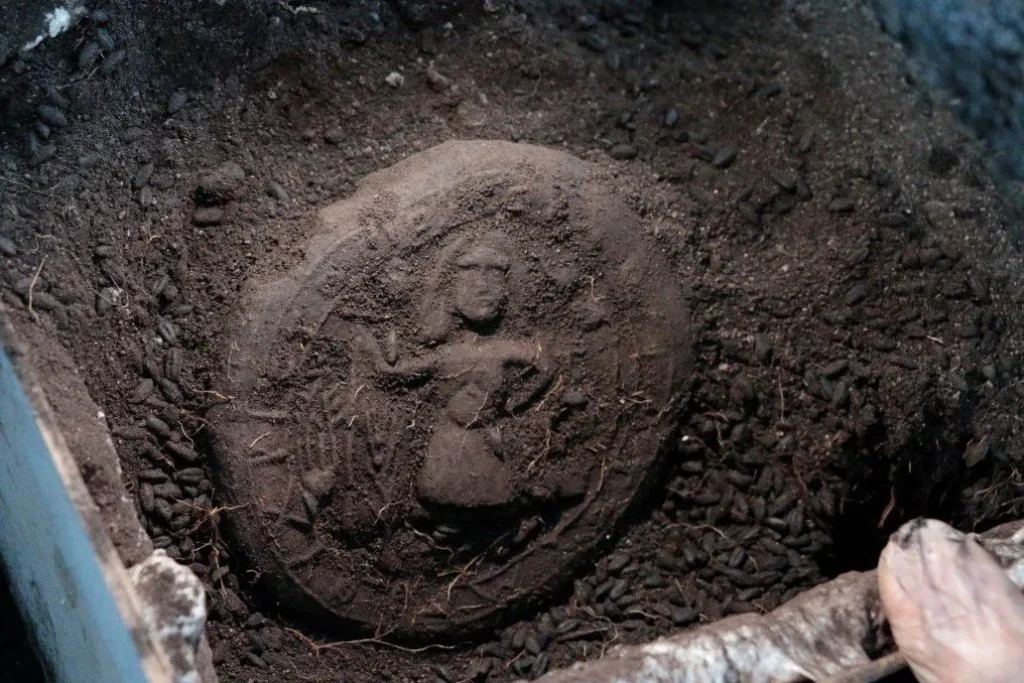
Other examples feature Maltese cross decorations, and researchers believe the loaves may have served as Communion bread (Eucharist bread) used in early Christian rituals.
The loaves’ survival through carbonization indicates exceptional preservation conditions, allowing rare insight into the material culture of early Anatolian Christianity.
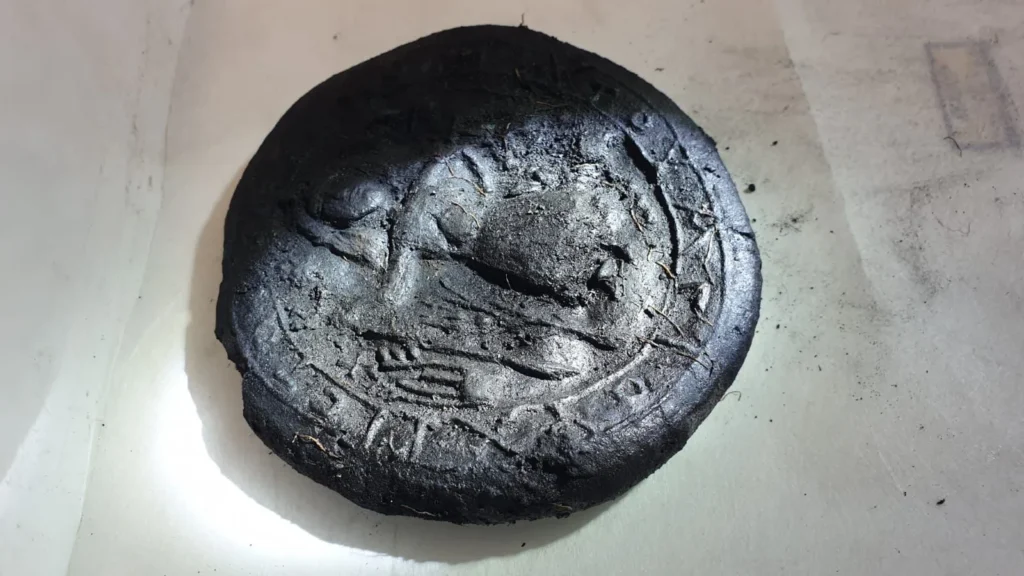
According to a statement from the Karaman Governorship, “These findings are among the best-preserved examples of early Christian bread ever identified in Anatolia.”
📣 Our WhatsApp channel is now LIVE! Stay up-to-date with the latest news and updates, just click here to follow us on WhatsApp and never miss a thing!!
Topraktepe — known in antiquity as Eirenepolis, meaning “City of Peace” — was a bishopric center during the Roman and Byzantine periods. Situated near today’s Ermenek district, the settlement occupied a strategic point on the Anemurium–Isaura trade route and is characterized by rock-cut structures, necropolises, and city walls.
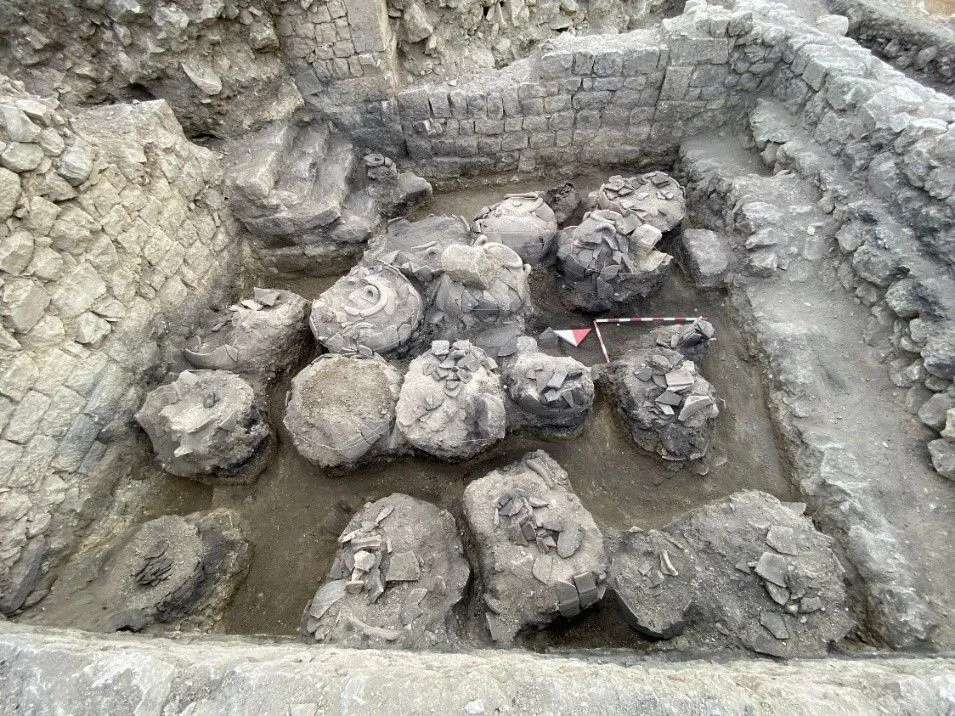
Experts highlight that the “Farmer Christ” motif’s emergence in such an agriculturally active region reinforces the symbolic blend of faith, labor, and sustenance.
As one researcher noted, “This is not merely a religious image—it’s a visual theology of work.”
You may also like
- A 1700-year-old statue of Pan unearthed during the excavations at Polyeuktos in İstanbul
- The granary was found in the ancient city of Sebaste, founded by the first Roman emperor Augustus
- Donalar Kale Kapı Rock Tomb or Donalar Rock Tomb
- Theater emerges as works continue in ancient city of Perinthos
- Urartian King Argishti’s bronze shield revealed the name of an unknown country
- The religious center of Lycia, the ancient city of Letoon
- Who were the Luwians?
- A new study brings a fresh perspective on the Anatolian origin of the Indo-European languages
- Perhaps the oldest thermal treatment center in the world, which has been in continuous use for 2000 years -Basilica Therma Roman Bath or King’s Daughter-
- The largest synagogue of the ancient world, located in the ancient city of Sardis, is being restored

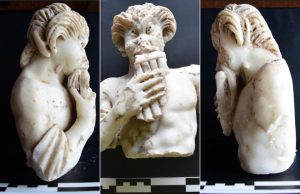
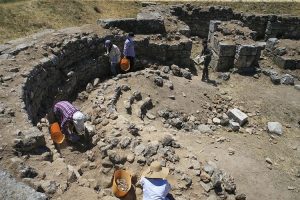
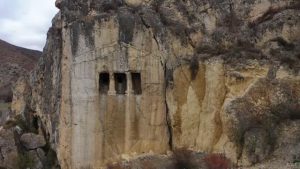
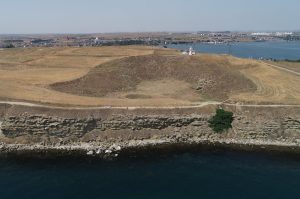
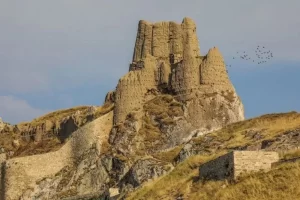
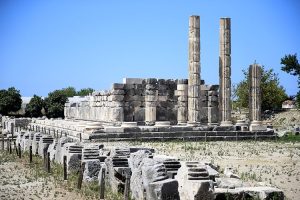


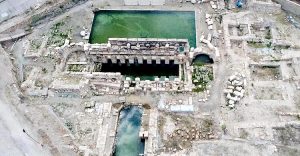
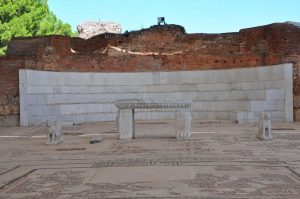
Leave a Reply